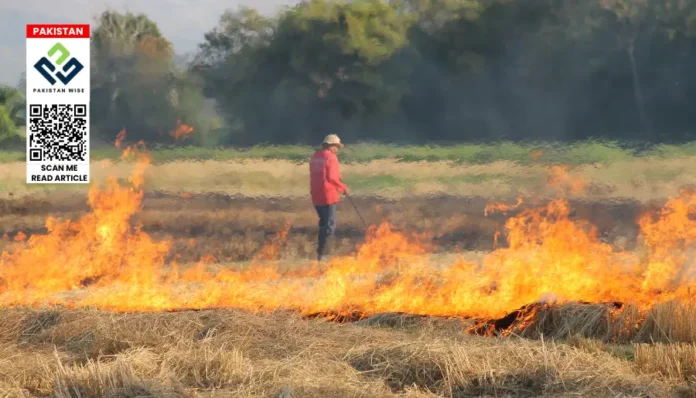Smog Crisis Drives Down Lahore Property Market
The worsening smog situation in Lahore is impacting more than just air quality; it’s now affecting the real estate market. The city’s property rates are seeing a noticeable decline due to reduced interest from both buyers and investors. The severe air pollution has led to Lahore repeatedly topping the list of the world’s most polluted cities, with health and business sectors both taking a major hit.
Lahore’s Pollution Crisis
Recent data from IQAir, a Swiss air monitoring agency, has highlighted the gravity of the issue. On November 9, Lahore recorded an Air Quality Index (AQI) of 553, marking it as hazardous and making it the most polluted city worldwide once again. The concentration of PM2.5 particles in the air is currently 67.3 times higher than the World Health Organization’s (WHO) recommended level, posing severe health risks to its residents.
Impact on Public Health
The dense smog, caused primarily by industrial emissions, vehicular exhaust, and crop burning, has led to a surge in respiratory illnesses among the city’s population of over 14 million. Schools and colleges have been temporarily closed, and the government has mandated the use of facemasks. Additionally, parks, historical sites such as the Shalimar Gardens and the Lahore Mosque, and various sports activities have been suspended in an effort to limit outdoor exposure.
Real Estate Market Under Pressure
The impact of Lahore’s air pollution extends beyond health, reaching the business and real estate sectors. The number of property transactions has fallen sharply, resulting in a decline in real estate prices. Many potential buyers are hesitant to invest in the city due to health concerns associated with the toxic air.
Mujahid, a real estate agent in Bismillah Housing Society in Lahore’s Manawan area, shared how this environmental crisis has affected sales. “Back in August, we were asking for Rs 1 million to Rs 1.3 million per marla for three-marla plots in Usman Block. Today, buyers are reluctant even at reduced prices of Rs 800,000 to Rs 900,000 per marla,” he said.
Shifting Investment Trends
The situation has forced some investors to reconsider their plans and look towards cities with better air quality. Kashif Ali, a property dealer in South Lahore, noted that potential buyers are prioritizing their families’ health, with many opting to invest in less polluted regions.
The property market in upscale areas such as Gulberg has also experienced a slowdown, further illustrating the widespread nature of the problem.
Personal Stories Reflect Growing Concerns
The crisis is affecting families on a personal level as well. Musa, a potential buyer who moved to Lahore a couple of years ago for work, was initially planning to buy a plot and settle his family in the city. “Due to the smog, my children frequently fall ill. I’m now considering sending my wife and kids back to my hometown to protect their health,” he shared.
Looking Ahead
Lahore’s smog crisis underscores the urgent need for long-term solutions to reduce air pollution and its wide-ranging effects. For the real estate sector, recovery hinges on substantial improvements in air quality, which would restore buyer confidence and reignite investment in the city. Until then, businesses and families alike will continue grappling with the harsh realities of Lahore’s environmental challenges.

